Technology Literacy & World Wide Web
Technology literacy
- Ability to use digital technology communication tools or network to locate, evaluate, use and create information.
Information communication technology deals with the use of different communication technologies such as mobile phone, telephone, internet, etc. to locate, save send and edit information.
- An information system on the internet that allows documents to be connected to other documents to by hyperlinks, enabling the user to search for information by moving one document to another.
3 Generations of the Web
1. Web 1.0- static web

-When the world wide web was invented, most web pages were static. Static (also known as flat page or stationary paper) bin the sense that the page is “as is”.

The first iteration of the web represents the web 1.0, which, according to Berners-Lee, is the “read-only web.” In other words, the early web allowed us to search for information and read it. There was very little in the way of user interaction or content generation.
2. Web 2.0 - Dynamic Web
-Is the evolution of web 1.0 by adding web pages the use is able to see website differently than others. Examples of web 2.0 include social networking sites, blogs, wikis, video sharing sites, hosted services, and web application.
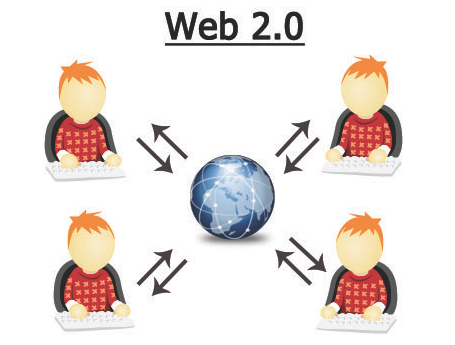
- We are now seeing the infancy of web 2.0, or the “read-write” web as Berners-Lee described it. It’s the ability to contribute content and interact with other web users. It has dramatically changed the landscape of the web in a short time. It has much potential. As examples, look at YouTube and MySpace, which rely on user submissions. Web 2.0 is a welcome response to web users, who want to participate in the information.
-Allows the user to interact with the page instead of just reading s page.
Folksonomy
Rich User Experience
- Content is dynamic and is responsive to user’s input. An example would be a website that that shows local content. In the case of social networking sites, when logged on, your account is used to modify what you see in their website.
Long Tail
- Services are offered on demand rather than on a onetime purchase. In certain cases, time-based pricing is better than file size based pricing or vice versa. This is synonymous to subscribing to a data plan that charges you for the amount of time you sent in the internet, or a data plan that charges you for the amount of bandwidth you use.
User Participation
- The owner of the website is not the only one who is able to put content. Others are able to place a content of their own by means of comment, reviews, and evaluation. Some websites allow readers to comment on an article, participate in a poll, or review a specific product. (Amazon, Lazada, Shoppee).
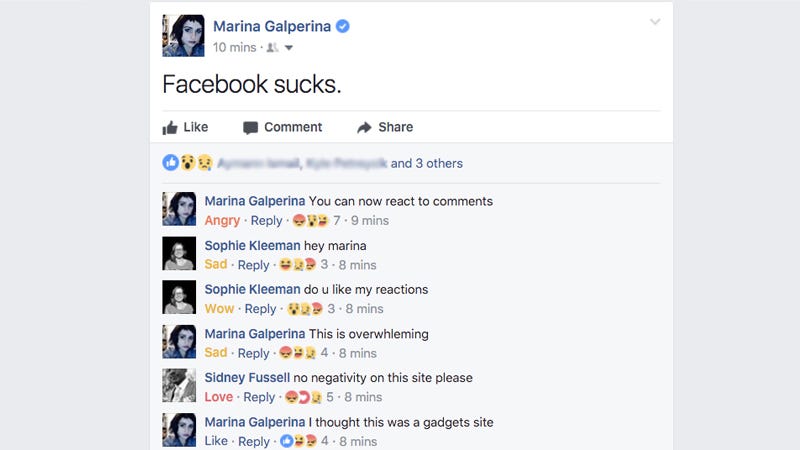

Software as a Service (SaaS)
-users will subscribe to a software only when needed rather than purchasing them. This is a cheaper option if you do not always need to use a software.
Mass Participation

- It is a diverse information sharing through universal web access. Since most users can use the internet, web 2.0’s content is based on people from various cultures.
3. Web 3.0 - Semantic Web

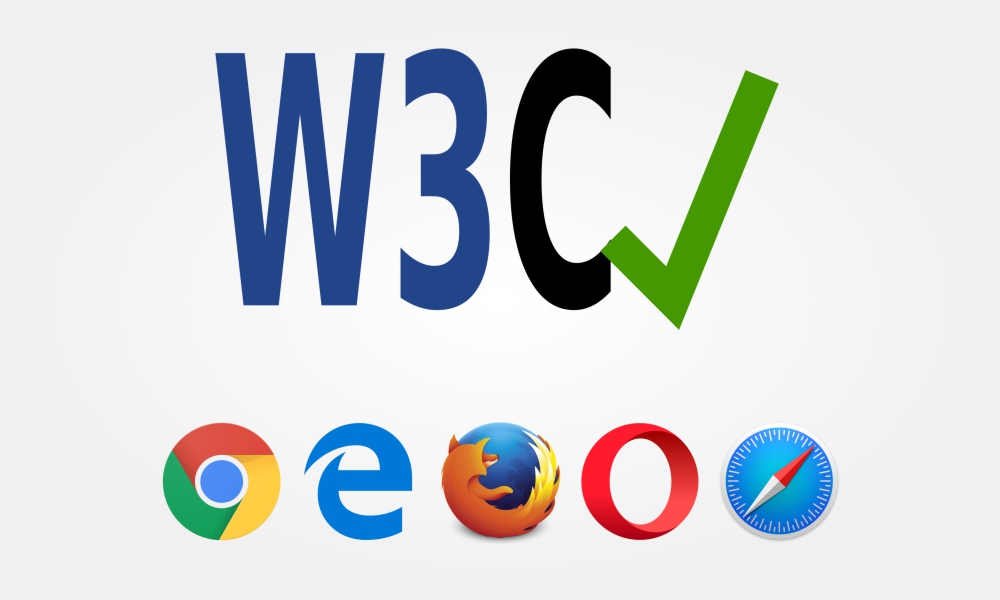
- The semantic web is a movement led by the world wide web Consortium(W3C)
- The W3C standard encourages web developers to include semantic content in their web pages
- The aim of web 3.0 is to have machines (or servers) understand the user’s preferences to be able to deliver web contents specifically targeting the user.
- This leads us web 3.0 (extending the vague nomenclature). By extrapolating Tim Berners-Lee’s explanations, web 3.0 is “read-write-execute.” This is difficult to envision in its abstract form. To illustrate, consider semantic markup and web services.
- Semantic markup refers
to the communication gap between humans and computerized applications. One of
the biggest challenges of presenting information on the web is that
applications cannot provide context to data, and, therefore, can’t understand
what is relevant. Through the use of some sort of semantic markup (or data
interchange formats), data could be put in a form not only accessible to humans
via natural language but able to be understood and interpreted by software
applications as well.
Several problems of web 3.0
1. Compatibility. HTML files and current web browsers could not support web 3.0.
2. Security. the user’s security is also in question since the machine is saving his or her preferences.
3. Vastness. the world wide web already contains billions of web page.
4. Vagueness. Certain words are imprecise. The words “old” and “small” would depends on the user.
5. Logic. Since machines use logic, there are certain limitations for a computer to be able to predict what the user id referring to a given time.

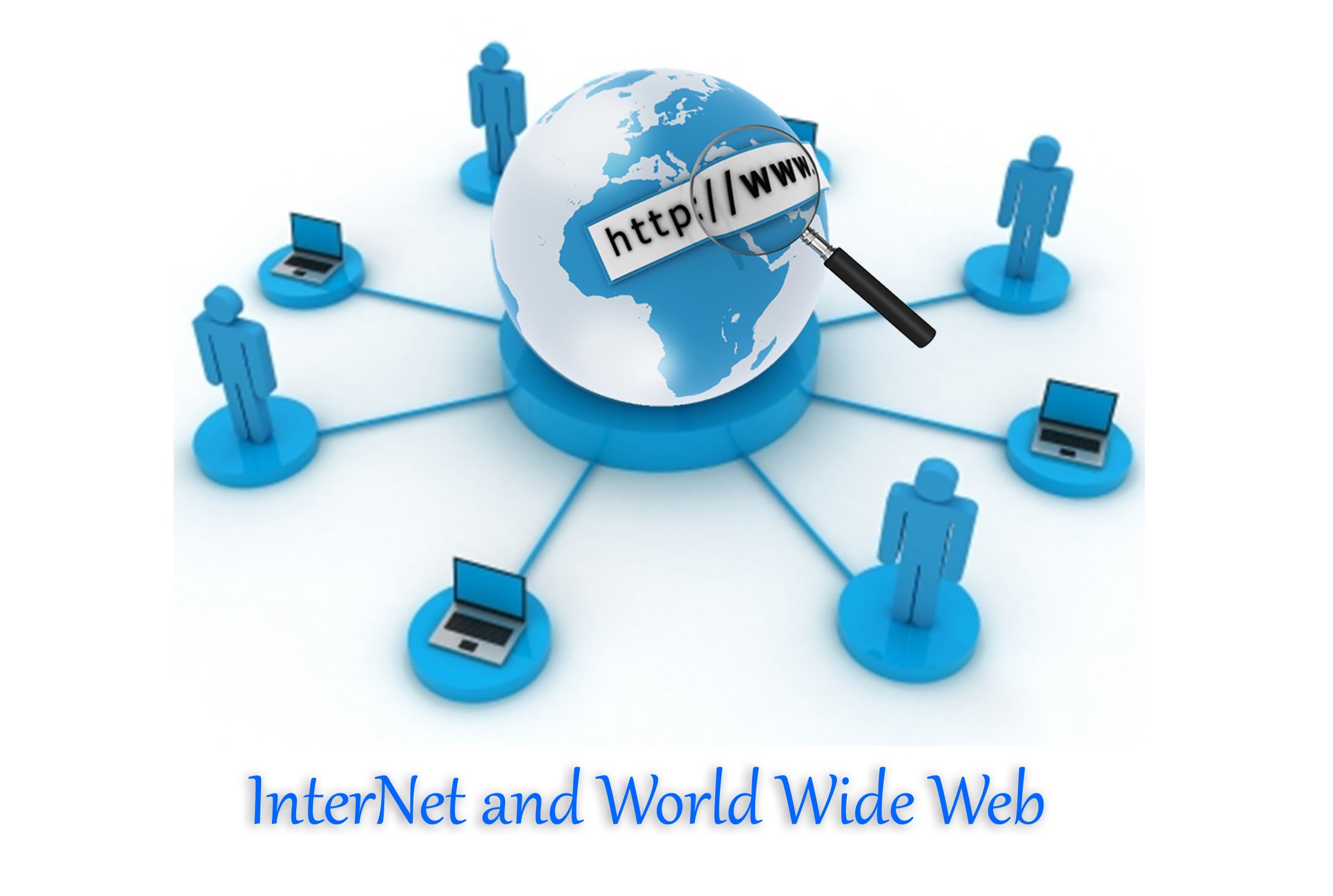

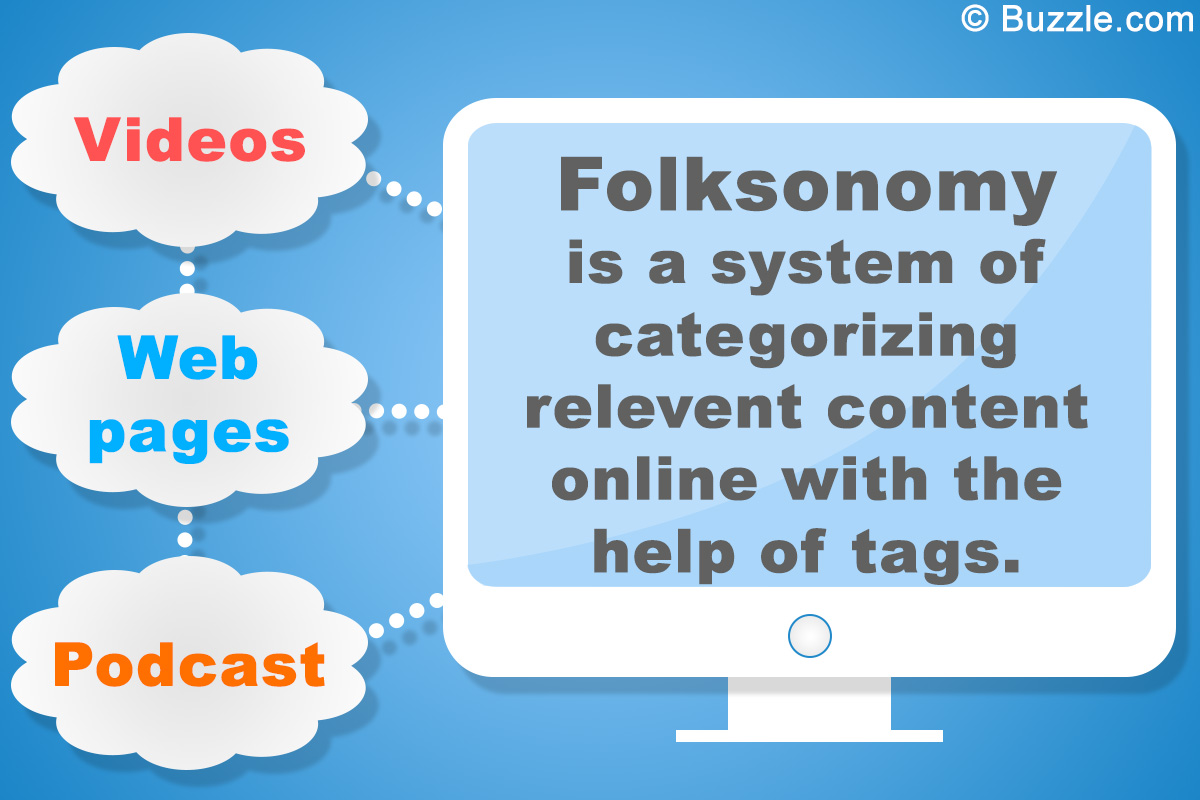
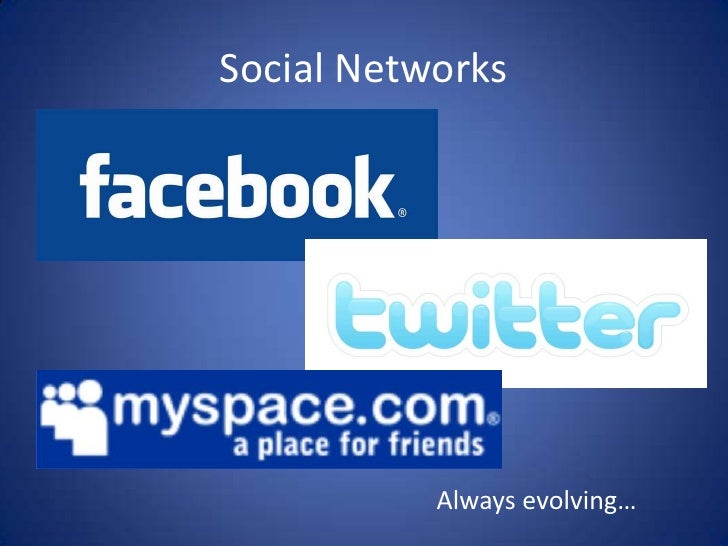


Comments
Post a Comment